Miscellaneous - Pennyblackmusic Goes to Cuba
by Lisa Torem
published: 15 / 1 / 2012
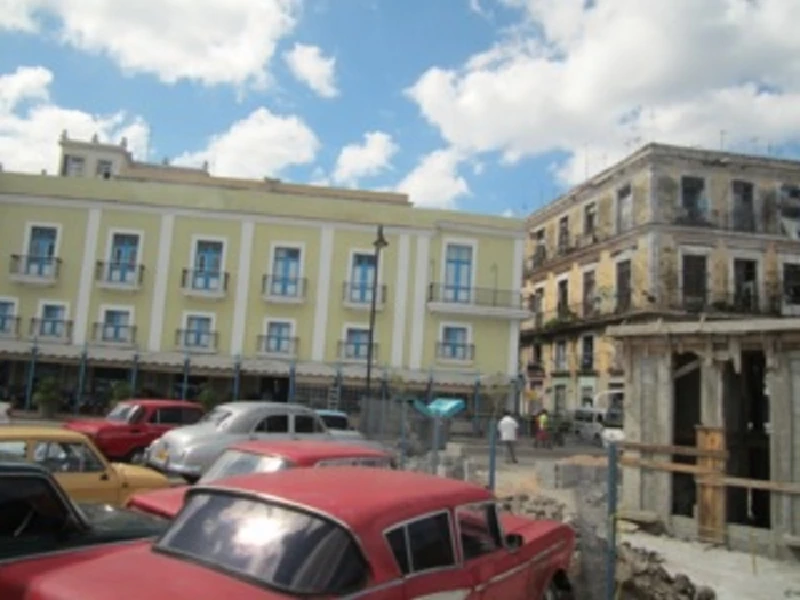
intro
Lisa Torem visits Cuba and examines its music and some of its often surprising influences.
If you believe that the allure of Havana can only be conveyed by the facades of deteriorating buildings and vintage American automobiles, you’re sadly mistaken. Cuba’s interior also burns brightly with a throbbing musical underbelly. Perhaps, because this lush Caribbean island is largely cut off from its American neighbour, only ninety miles away (by a fifty-year-old embargo), it has retained much of the traditional music that its ancestors once brought over and which has since been incredibly nurtured. Music is everywhere. In a plaza a small quartet, led by a cinnamon-skinned man with a burnished guitar, stops his strumming long enough to kiss my daughter on the cheek and offer her a newly plucked flower. His colleagues bang on bongos, which reverberate in the open air. At a local rum factory, a large-boned woman, wearing a wide-brimmed, colourful hat and floral printed dress, sings hauntingly an age-old ballad. It takes a few suspenseful moments to discover her whereabouts, however, because she doesn’t stand in front of her backing musicians. Instead she insists on sitting at a nearby table, uttering her heartfelt lyrics while sprawled against a chair, flapping an ornate fan back and forth to survive the humidity. Meanwhile the others join forces to create a frenzied beat. And, in the bustling Hammel’s Alley, young women sell mystical Santerian beads. They tell us that some of these hand-sewn beauties will bring us fertility, while others will guarantee health and success. The narrow passageways are filled with odd art objects. But, crowded as the space is, random roaming instrumentalists cram into corners to perform sporadic sets of Afro-Cuban rhythms. At an upscale café an all-male ensemble suddenly breaks into delightful dance steps. They play Latin standards like the crisp ‘Piel Canela’ (Spanish for “cinnamon skin”) and ‘La Ultima Noche’. At an intimate café a lanky man named Felix “The Cat” titillates the ladies with his amusing purr, shrill falsetto and outlandish gestures that greatly resemble the antics of 1960’s icon Question Mark (lead vocalist of Question Mark and The Mysterians). He is accompanied by of all things a violinist. This troubadour doesn’t quite fit in with the band textually, yet their collective energy makes up for the mismatch. Further into the countryside, where tobacco plants flourish and a handsome cigar roller greets tourists from his ranch home, a set of youthful attractive females and one male perform perfect harmonies. Their seemingly choreographed dance steps, they tell us later, were improvised, yet they were implemented with amazing poise. The girls, who looked incredibly like siblings but were not, beamed, as they admitted they wrote their own material. Cuba, to many modern Americans, is like a long lost cousin – someone you’d like to know more about, but because of family politics you cannot. I was able to go on the trip because, for the first time since the beginning of the decade, Americans were allowed to travel there with a special interest group. Will this continue? Many of us just don’t know, but for many of us it was the chance of a lifetime. Havana, oddly enough, resembles a film set from the America of the 1950s. Those Studebakers and vintage Chevy’s are plentiful, but are now used as taxis. For anyone who was either around at the time or who became entranced by that culture through movies, a deep sense of time-travel prevails. And, speaking of culture, or, more specifically, “pop culture”, Cuba has endured a complex relationship with John Lennon. Though at one point, he was simply considered a member of the bourgeois, and though the Beatles were not allowed to perform there, he eventually became idolized for writing ‘Imagine’. One local artist admires the late songwriter so much that he specializes in drawing portraits of Che Guevara which closely resemble Lennon. Both wear berets, have beards and sport a pair of luminous eyes. And, in a small park (misspelled “Lenin” Park on a sign), opposite an upscale French restaurant, a life-sized bronze statue of the martyr sits on a bench. Originally a pair of actual spectacles or “granny glasses” (as the hippies called them) rested upon the statue’s temples, but every time a crowd of tourists arrived the glasses would be stolen. For that reason a man was hired daily to simply place the last and one remaining pair left on the statue each time a tourist wished to have a photo taken. Each and every day he shows up early in the morning and waits until dusk, simply to place the specs on for each tourist, and then to take them off and put them back in his pocket. If Lennon were an onlooker, he might have agreed that “A working class hero is something to be”, for this unassuming man has certainly done a great job satisfying the whims of hundreds of passers-by daily. Also lyrics from the song are written in Spanish on the cement below the bronzed saint. So you say you want a revolution? You couldn’t be in a better place than this one. Much of Cuban music, like traditional America folk music, consists of songs that have been handed down from generation to generation. That may be why the performances all seem so natural and the body movements so infectious. If an outsider would be asked to replicate this art form, he or she would be hard-pressed. There’s the intricate footwork, the seductive sway of the shoulders and hips, the exuberant vocal call and response and the genuine appreciation of the audience response. There’s the constant counter-rhythm and the simple, but moving bass lines that comprise so many of the country’s much-loved ballads. I first fell in love with Latin music when I was a little girl. My father, a swing pianist, played in trios on the weekends, and sometimes the next day he would sit me down at the piano and teach me a song from his fake book or, at the very least, a thundering bass line; the kind that, put together with a complete rhythm section, would make the shyest girl in the room eager to leap onto the dance floor. ‘Besame Mucho’ had a pulsating bass line that Beethoven would have envied. The trouble was, that being a little girl, I could never capture the rich sound needed – my fingers just couldn’t make the grade. But still those patterns formed a solid schema in my mind. Then one day I met the author, Oscar Hijuelos. He had written the novel,’ The Mambo King Sings Songs of Love’, about two Cuban songwriting brothers, who came to New York and worked menial jobs to support their dream of becoming bandleaders. The movie, ‘The Mambo Kings’, also came out. Like the book, the theme centred on a gorgeous song, ‘Beautiful Maria of My Soul’, which was written by the younger brother and which served as a central thematic point in the film. (By the way the young Antonio Banderas made his American debut portraying this role.) The day I met Oscar at a book signing he, of course, signed his name on my copy with this sentiment, “To beautiful Lisa of my soul…”, after I told him how much I loved that Grammy-Award winning song. I imagine he signed every woman’s book that day with a similar message, yet our short conversation was still very inspiring. In the film Cuban musicians, who worked by day in a slaughterhouse, desperately drummed out rhythms on hanging hides of beef -- their desires to perform overpowered their senses – and any objects not tied down provided reason to make music. My other venture into Latin music was when I discovered a group called Los Panchos Trios, in which the American singer Edie Gourmet sang. This album became the litmus test against which I would judge all other Latin-style arrangements. It was a stunningly, simple set of standards that featured amazing harmonies. I memorized the tunes in Spanish and English, and worked them out with my dad filling in the spaces. The beauty of the Spanish language, and the way it so easily lends itself to both sad and uplifting melodies, also captivated me. But, back to Cuba. Suddenly, these songs, which I hadn’t heard for many years, drew me into their spell like welcoming neighbours. And, like welcoming neighbours, these musicians, whether on the street at twilight in a tourist establishment, or in the airport, embraced their culture’s music in such a compelling way, that the most awkward of us couldn’t help but feel poised, ready to mambo and, more essentially, grateful to be alive. The photographs that accompany this article were taken exclusively for Pennyblackmusic by Madeline Torem.
Picture Gallery:-

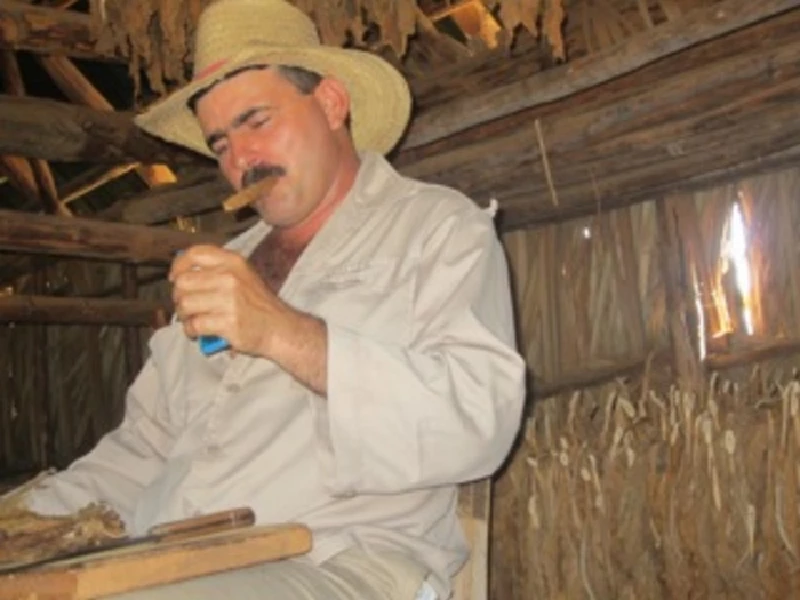
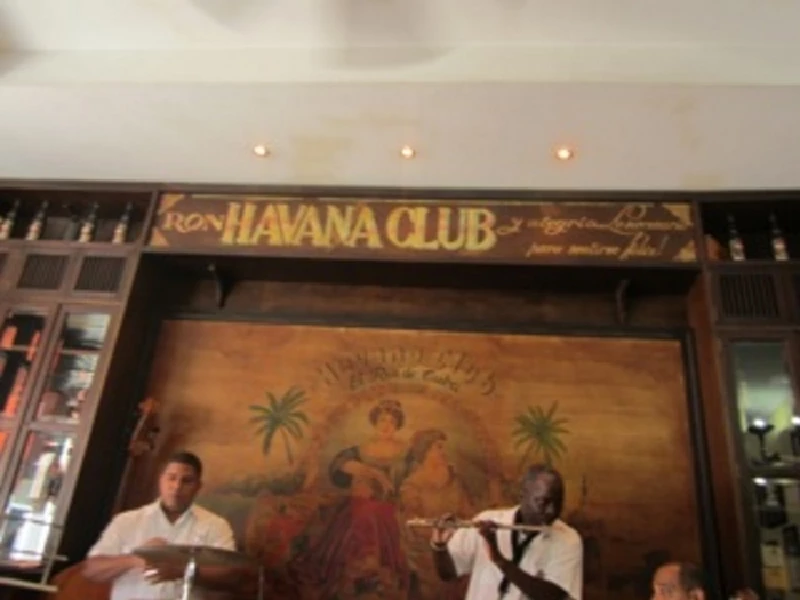
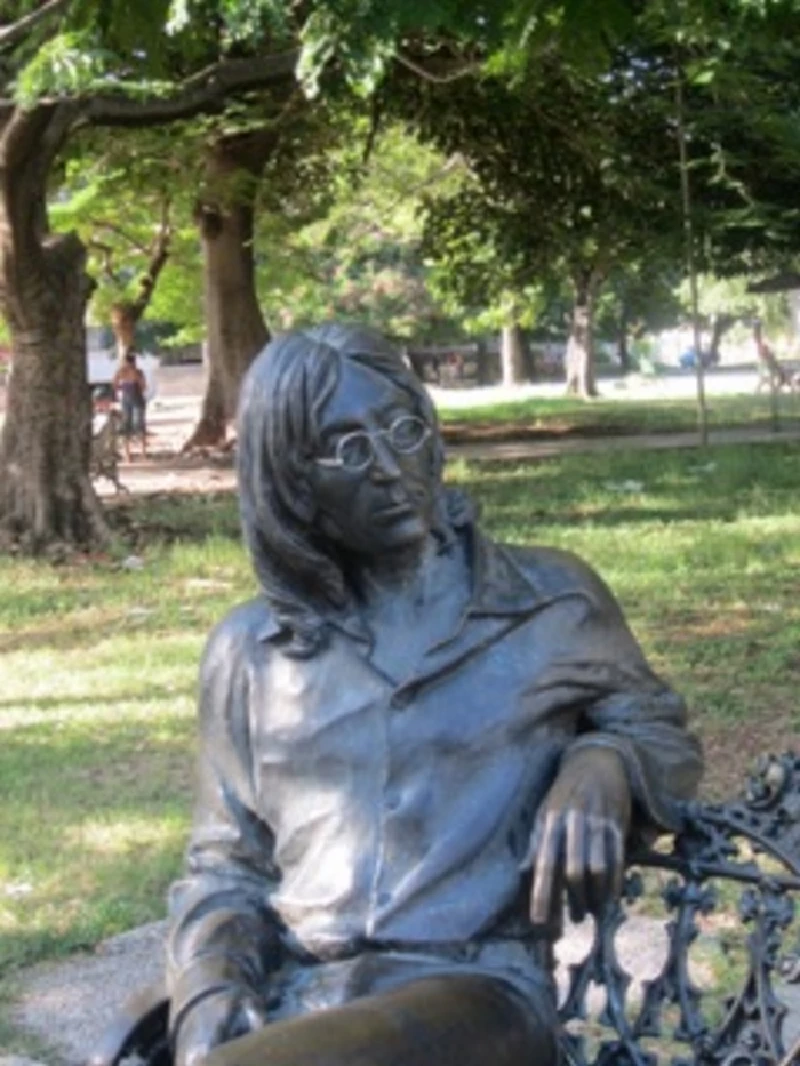
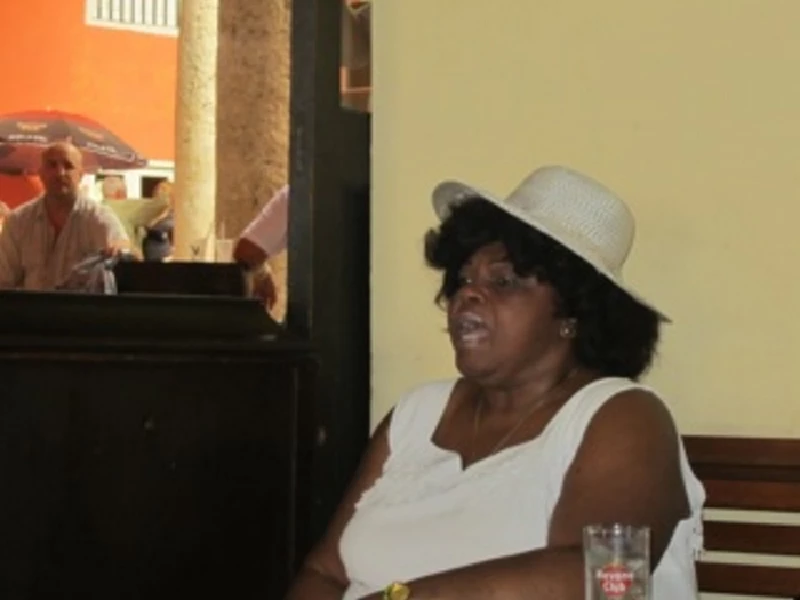
most viewed articles
current edition
Carl Ewens - David Bowie 1964 to 1982 On Track: Every Album, Every SongArmory Show - Interview with Richard Jobson
Colin Blunstone - Thalia Hall, Chicago, 16/7/2025
Visor Fest - Valencia, Spain, 26/9/2025...27/9/2025
Bathers - Photoscapes 1
John McKay - Interview
Loft - Interview
Billie Eilish - O2 Arena, London, 10/7/2025
Robert Forster - Interview
Sir Tim Rice - Interview
previous editions
Heavenly - P.U.N.K. Girl EPManic Street Preachers - (Gig of a Lifetime) Millennium Stadium, Cardiff, December 1999
Beautiful South - Ten Songs That Made Me Love...
Oasis - Oasis, Earl's Court, London, 1995
Pixies - Ten Songs That Made Me Love...
Boomtown Rats - Ten Songs That Made Me Love....
Prolapse - Interview
Trudie Myerscough-Harris - Interview
Peter Perrett - In Dreams Begin Responsibilities Interview Part One
Simon Heavisides - Destiny Stopped Screaming: The Life and Times of Adrian Borland
most viewed reviews
current edition
Amy Macdonald - Is This What You've Been Waiting For?Sick Man of Europe - The Sick Man of Europe
Lucy Spraggan - Other Sides of the Moon
Phew, Erika Kobayashi,, Dieter Moebius - Radium Girls
Davey Woodward - Mumbo in the Jumbo
Alice Cooper - The Revenge of Alice Cooper
Bush - I Beat Loneliness
Suzanne Vega - Flying With Angels
Blueboy - 2
Cynthia Erivo - I Forgive You
Pennyblackmusic Regular Contributors
Adrian Janes
Amanda J. Window
Andrew Twambley
Anthony Dhanendran
Benjamin Howarth
Cila Warncke
Daniel Cressey
Darren Aston
Dastardly
Dave Goodwin
Denzil Watson
Dominic B. Simpson
Eoghan Lyng
Fiona Hutchings
Harry Sherriff
Helen Tipping
Jamie Rowland
John Clarkson
Julie Cruickshank
Kimberly Bright
Lisa Torem
Maarten Schiethart